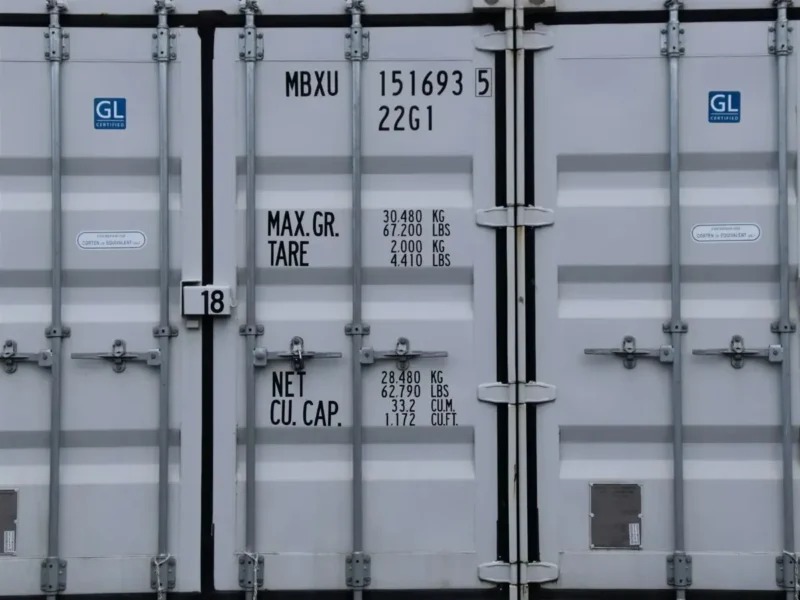Experts from our Sustainability Team explain Scope 3 emissions to help with your decarbonisation strategy.
An overview of greenhouse gas (GHG) emissions
The GHG Protocol is the prominent global accounting tool used to measure and manage GHG emissions. It classifies emissions into different scopes depending on their source:
- Scope 1: direct GHG emissions from owned or controlled sources. This includes emissions generated from the organisation’s vehicles, boilers, or furnaces.
- Scope 2: indirect GHG emissions from the generation of purchased electricity, heating and cooling, steam generated off-site, or the transmission and distribution (T&D) losses from some purchased utilities.
- Scope 3: indirect GHG emissions from sources not within direct control or ownership of the organisation, but are the emissions related to its activities. The GHG Protocol splits Scope 3 emissions into upstream emissions (from the production of goods and services) and downstream emissions (from the use and disposal of goods and services), classifying them into them into 15 categories.
The Scope 3 challenge
Following the Paris Agreement at COP21, world leaders agreed to reduce global greenhouse gas emissions to pursue efforts to limit global warming to 1.5°C above pre-industrial levels. It was recognised that this would reduce the risks and impacts of climate change.
Examining Scope 3 emissions is a key part of any organisation’s decarbonisation strategy, so governments, businesses, and other organisations are increasingly under pressure to measure and reduce their Scope 3 emissions.
Scope 3 emissions are indirectly generated from upstream and downstream activities of a value chain. This is outside the direct control of an organisation, therefore increasing the complexity when trying to measure and reduce these emissions.
85% of the world’s carbon footprint is categorised as Scope 3. This means reducing these emissions is fundamental to solving the challenge of climate change.
Why measure Scope 3 emissions?
Although it is challenging to measure and manage Scope 3 emissions, there are many benefits for organisations:
- Staying ahead of the regulatory landscape which is moving towards mandating the disclosure of emissions data
- Scope 3 emissions can account for anywhere between 80-95% of the total value chain of an organisation’s footprint
- Addressing this unlocks significant opportunities in GHG emissions reductions and cost savings for the company
- Assessing and prioritising suppliers’ sustainability performance will reduce your overall emissions
- Meeting increased stakeholder demands for more sustainable operations and offerings
- Mitigate future climate-related risks to ensure long-term viability
Scope 3 classification
Scope 3 emission sources consist of emissions from both an organisation’s upstream and downstream activities which can be categorised as follows:
Upstream emissions
- Purchased goods and services
- Capital goods
- Fuel & energy-related activities
- Upstream transportation and distribution
- Waste generated in operations
- Business travel
- Employee commuting
- Upstream leased assets
Downstream emissions
- Downstream transportation and distribution
- Processing of sold products
- Use of sold products
- End-of-life treatment of sold Products
- Downstream leased assets
- Franchises
- Investments
Supplier engagement
Collaboration with suppliers is crucial to ensure accurate emissions data. Businesses can embed a commitment to reducing emissions through processes like mandatory carbon reporting and carbon reduction targets in tender proposals to ensure suppliers are engaged. Shared learning of best practices with existing suppliers on decarbonisation processes can aid the collection of reliable emissions data and produce effective reduction strategies throughout the value chain.
How to measure Scope 3 emissions?
- Identify areas for potential emissions reductions using guidance from the GHG Protocol.
- Conduct a Materiality Assessment to determine emissions that should be prioritised and are most relevant for disclosure.
- Establish a suitable threshold or benchmark for materiality, typically based on a percentage of the total emissions inventory.
- The GHG Protocol offers three methods for measuring Scope 3 emissions: supplier-specific method, average-data method, and spend-based method.
- The method chosen and data sources must be accurate, accountable, transparent and verifiable.
How does the Science-Based Target initiative help?
The Science-Based Targets initaive’s (SBTi) Net Zero Standard Framework requires organisations to set short-term and long-term targets, both requiring significant reductions in Scope 3 emissions. Different targets can be set for the 15 different Scope 3 categories, and targets are based on robust climate science. Aligning with the SBTi gives stakeholders confidence that the best practices are being followed.







